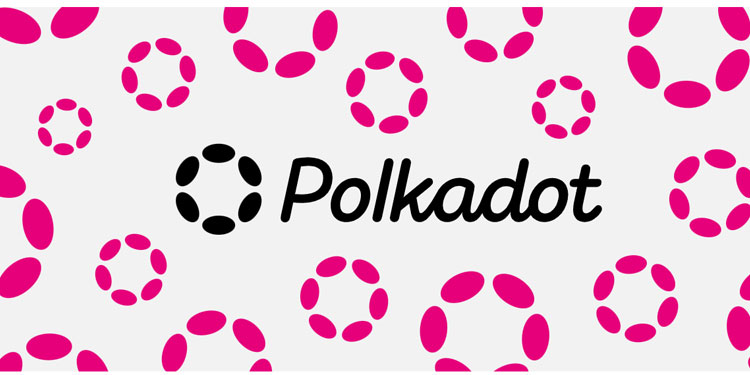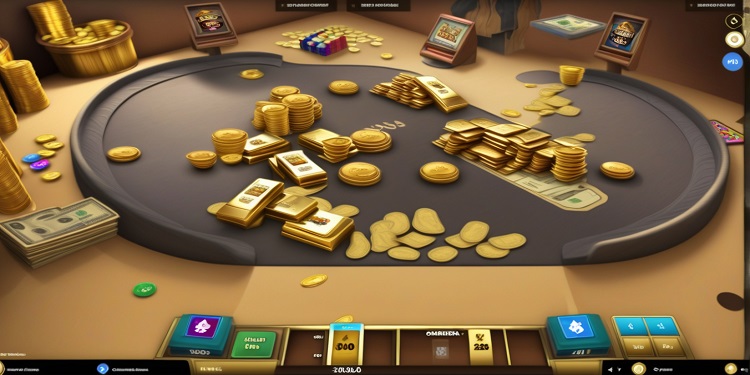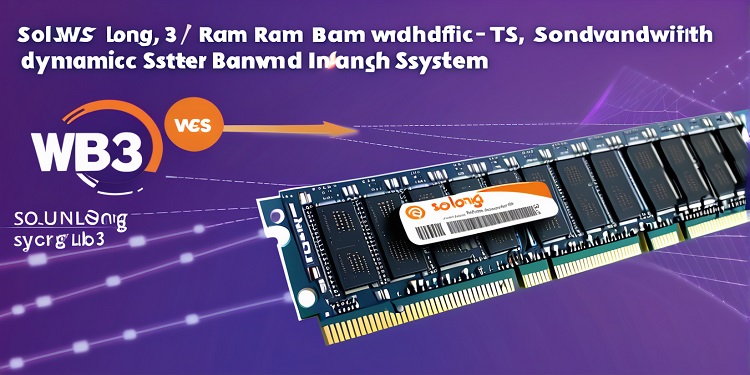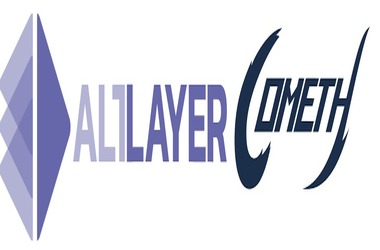 In a significant announcement that signals a major step forward in the world of blockchain technology, Polkadot has revealed a strategic partnership with Cardano. The collaboration centers on Cardano’s adoption of Substrate, the foundational framework of the Polkadot SDK, to develop its “partner chain” project. This partnership is poised to demonstrate Substrate’s versatility in the Web3 space and its user-friendliness for a variety of chains and ecosystems.
In a significant announcement that signals a major step forward in the world of blockchain technology, Polkadot has revealed a strategic partnership with Cardano. The collaboration centers on Cardano’s adoption of Substrate, the foundational framework of the Polkadot SDK, to develop its “partner chain” project. This partnership is poised to demonstrate Substrate’s versatility in the Web3 space and its user-friendliness for a variety of chains and ecosystems.
According to Polkadot, Substrate plays a crucial role as the fundamental blockchain software development kit for creating parachains within the Polkadot network. It empowers the establishment of independent blockchains that coexist alongside Polkadot.
Substrate-Powered “Partner Chain” Project Unveiled
Charles Hoskinson, the creator of Cardano, recently introduced a groundbreaking architecture that enables developers to harness Cardano’s core capabilities and cutting-edge technology to build their own optimized partner chains. Cardano introduces a clear distinction between the Cardano Settlement Layer (CSL) and the Cardano Computation Layer (CCL), with CSL functioning as the ultimate cross-chain settlement layer.
Under this model, networks have the flexibility to create their own computation layers using modular components and a framework while still relying on CSL for cross-chain settlements. By merging modular blockchain technology with Cardano’s strengths in security, liquidity, and reliability, partner chains aspire to redefine the development and operation of new blockchains. The first partner chain to embrace this innovative framework is Midnight, a blockchain with a focus on data protection introduced by IOG.
Unlocking the Potential of Blockchain Ecosystems
This collaborative effort between Cardano and Polkadot holds immense promise for both blockchain platforms and could pave the way for the launch of additional blockchains, ushering in a new era in the cryptocurrency sector.
Polkadot and Cardano have been diligently working on advancing their respective ecosystems. To address the challenge of token unlocks, Polkadot has been developing a concept known as crowd loans. Through a non-custodial SubWallet, parachains can secure tokens to support their bid for a parachain slot by participating in Polkadot’s crowdloans. These crowdloans primarily rely on contributions from individuals within the Polkadot protocol community.
When a parachain successfully secures an auction, contributors to the crowdloan will see their DOT tokens locked for the duration of the lease. In return for their support, these contributors will receive rewards in the form of the parachain’s native token or alternative incentives.
Meanwhile, the Cardano community is gearing up for a potential airdrop related to the Midnight Protocol. Midnight represents a privacy-centric sidechain with a focus on decentralized data protection. It is built on Cardano’s Layer 1 blockchain, providing a solid foundation for secure, scalable, and decentralized operations.
In an interview with Peyton, Charles Hoskinson, the creator of Cardano, explained that Midnight draws inspiration from a variety of projects, including Hyperledger Fabric, Cosmos, and Gavin Wood’s Parity Substrate. This inspiration has led to the development of a dual-token model and a multi-resource consensus framework, enabling the integration of a purpose-built blockchain into Cardano through a collaborative partnership.
In conclusion, the strategic partnership between Cardano and Polkadot signifies a pivotal moment in the blockchain industry. The adoption of Substrate and the introduction of the partner chain project represent a bold step towards enhancing the capabilities and versatility of blockchain ecosystems. Additionally, Polkadot’s crowd loans concept and Cardano’s work on the Midnight Protocol showcase the continuous efforts to unlock the full potential of blockchain technology and its application in various domains. This collaboration is poised to drive innovation and further establish both Polkadot and Cardano as influential players in the blockchain space.








